Using a cream that combines hydroquinone, mometasone, and tretinoin might seem like a quick fix for dark spots, acne, or uneven skin tone. But what happens after months-or years-of daily use? Many people start this treatment because a dermatologist prescribed it, or they bought it online thinking it’s a powerful solution. What they don’t always realize is that this triple-action formula can quietly damage the skin over time, even when it looks better on the surface.
What Is Hydroquinone Mometasone Tretinoin?
This combination cream is a prescription-strength treatment that mixes three active ingredients:
- Hydroquinone - blocks melanin production to lighten dark patches like melasma or post-acne marks.
- Mometasone - a potent corticosteroid that reduces redness and inflammation.
- Tretinoin - a retinoid that speeds up skin cell turnover, helping fade discoloration and unclog pores.
It’s often prescribed for stubborn melasma, especially in people with darker skin tones. The idea is simple: stop pigment production, calm irritation, and renew skin faster. But this shortcut comes with hidden costs.
How the Skin Changes Over Time
After three to six months of daily use, many users report smoother, brighter skin. That’s the short-term win. But beyond that, the skin starts to show signs of stress. The most common long-term effect is skin thinning. Mometasone, even in low doses, breaks down collagen and elastin over time. Studies from the Journal of the American Academy of Dermatology show that continuous use of topical steroids for more than 12 weeks can reduce skin thickness by up to 25% in sensitive areas like the face.
Thinner skin means:
- Easier bruising from minor bumps
- More visible blood vessels (telangiectasia)
- Increased sensitivity to sun, wind, and even skincare products
Hydroquinone, when used long-term, can cause ochronosis - a rare but irreversible blue-black discoloration, especially in people with darker skin. The FDA has restricted over-the-counter hydroquinone in the U.S. since 2020 because of this risk. In Australia, it’s still available by prescription, but dermatologists now warn against using it for more than 3-6 months at a time.
Tretinoin, while effective, causes chronic dryness and barrier disruption. Long-term users often develop a cycle: skin gets irritated → they apply more cream → skin gets worse → they blame the environment. But the real culprit is the cumulative damage from daily retinoid exposure without proper barrier repair.
Rebound Pigmentation and Dependency
One of the most frustrating outcomes is rebound pigmentation. When people stop using the cream, their dark spots often come back darker than before. Why? Because hydroquinone suppresses melanin, but doesn’t fix the root cause - like UV exposure or hormonal triggers. Once you stop, the skin goes into overdrive trying to catch up.
And then there’s the steroid dependency. Mometasone doesn’t just calm inflammation - it suppresses the skin’s natural immune response. Over time, the skin forgets how to regulate itself. When you stop, you get rebound redness, burning, and flaking that can last for weeks. This is called topical steroid withdrawal. It’s not widely recognized by general practitioners, but dermatologists in Brisbane and Sydney see it regularly in patients who used combination creams for over a year.
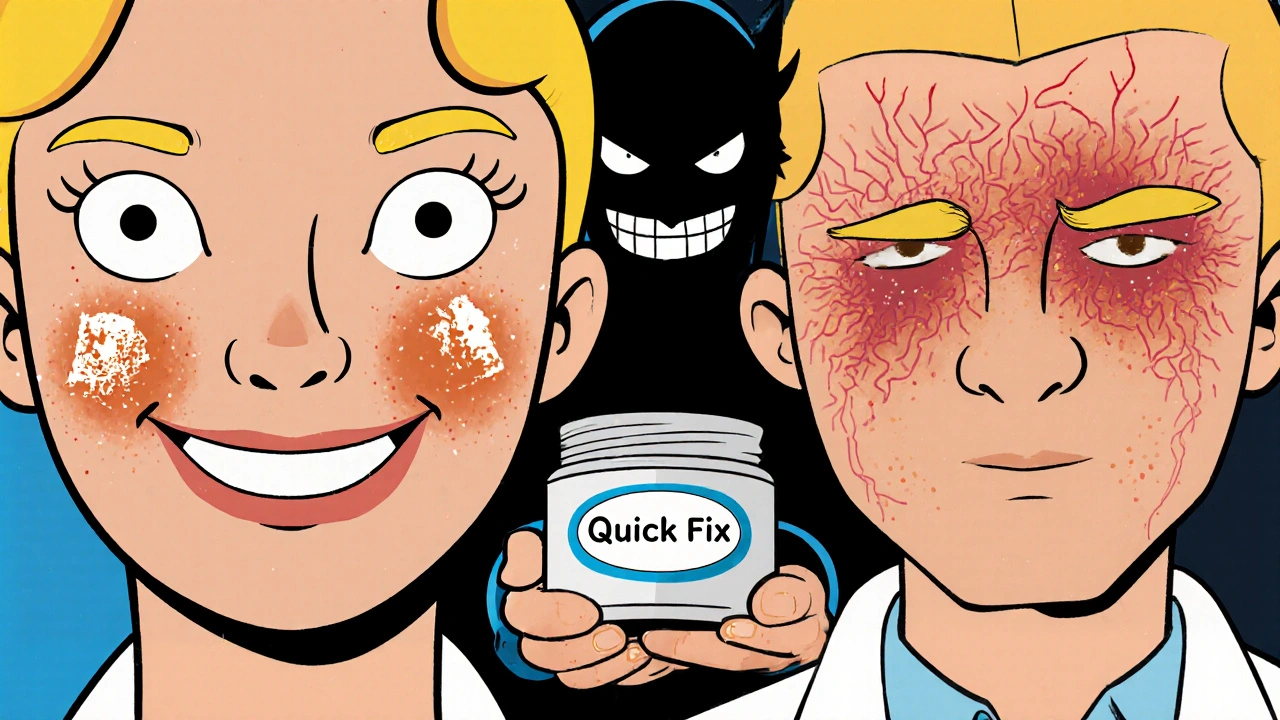
What the Research Says
A 2023 study in the British Journal of Dermatology followed 187 patients using hydroquinone-mometasone-tretinoin for melasma over 24 months. By the end:
- 68% had significant skin thinning
- 41% developed rebound hyperpigmentation after discontinuation
- 29% reported persistent redness and burning, even after stopping all treatments
- Only 12% maintained lasting improvement without ongoing therapy
Another study from the University of Queensland tracked 93 patients who used this combination for over 18 months. Half developed visible telangiectasia (broken capillaries) on the cheeks and nose - a sign of irreversible vascular damage.
These aren’t rare cases. They’re predictable outcomes of prolonged use.
Who Should Avoid This Cream?
This treatment isn’t safe for everyone. Avoid it if you:
- Have sensitive or rosacea-prone skin
- Are pregnant or breastfeeding
- Have a history of skin cancer or precancerous lesions
- Use it without sun protection - UV exposure makes all the risks worse
- Plan to use it for more than 3 months without a break
Even if you don’t have these risk factors, the long-term damage can still creep in slowly. Many people don’t notice the thinning until they get a minor cut that won’t heal, or their skin starts stinging from a gentle cleanser.
What to Do Instead
You don’t need this triple-strength cream to get clear, even-toned skin. Safer, sustainable alternatives exist:
- Niacinamide - reduces pigmentation and strengthens the skin barrier. Works well at 5-10% concentration.
- Azelaic acid - FDA-approved for melasma and acne. Less irritating than hydroquinone, with no risk of ochronosis.
- Tranexamic acid - oral or topical, it targets pigmentation at the source without suppressing melanin entirely.
- Low-dose retinoids - use tretinoin 0.025% every other night with a ceramide moisturizer instead of daily.
- Mineral sunscreen - SPF 50+ with zinc oxide, reapplied every 2 hours. Sun protection is the #1 factor in preventing melasma from returning.
It takes longer - maybe 4-6 months instead of 8 weeks - but your skin stays healthy. No thinning. No rebound. No dependency.

How to Safely Stop Using the Cream
If you’ve been using this cream for more than 3 months, don’t quit cold turkey. Here’s a step-by-step plan:
- Reduce frequency: Use it every other day for 2 weeks, then twice a week.
- Drop mometasone first: Switch to a cream with only hydroquinone and tretinoin for 4 weeks.
- Then drop hydroquinone: Use only tretinoin at night, with a barrier-repair moisturizer.
- Finally, pause tretinoin: Use gentle cleansers, niacinamide, and sunscreen daily for 4-8 weeks.
During this transition, expect some flare-ups - redness, peeling, or dark spots returning. That’s normal. It means your skin is relearning how to heal itself.
Work with a dermatologist who understands topical steroid withdrawal. In Brisbane, clinics like Skin Health Institute and DermaCare have protocols for this.
When to See a Dermatologist
See a specialist if you notice:
- Spots getting darker after stopping the cream
- Redness or burning that won’t go away
- Visible veins or thinning skin on your face
- Breakouts that don’t respond to regular acne treatments
These aren’t just side effects - they’re signs your skin’s barrier and immune function are compromised. A dermatologist can run a skin biopsy if needed and recommend targeted therapies like low-level laser or chemical peels that don’t damage the skin further.
Final Takeaway
Hydroquinone, mometasone, and tretinoin together can give fast results - but they’re not a long-term solution. They treat symptoms, not causes. And the cost? Thinner skin, rebound pigmentation, broken capillaries, and a dependency cycle that’s hard to break.
The skin is not a surface to be controlled. It’s a living organ. The best skincare doesn’t suppress - it supports. If you want lasting results, focus on strengthening your skin’s natural defenses. That’s how real, healthy skin lasts.
Can hydroquinone cause permanent skin damage?
Yes, long-term use of hydroquinone can lead to ochronosis - a blue-black discoloration that’s often permanent. This is more common in people with darker skin tones and typically occurs after using hydroquinone for more than 6 months without breaks. The damage affects melanocytes and can’t be reversed with creams or lasers.
Is mometasone safe for daily facial use?
No. Mometasone is a potent steroid meant for short-term use on inflamed skin, not daily facial application. Using it every day for more than 2-4 weeks can cause skin thinning, stretch marks, and broken blood vessels. The face is especially vulnerable because the skin is naturally thinner there.
How long does it take for skin to recover after stopping this cream?
Recovery varies. Skin thinning and broken capillaries may take 6-12 months to improve, if they improve at all. Rebound pigmentation can fade in 3-6 months with proper care. But steroid withdrawal symptoms - redness, burning, flaking - can last 2-8 weeks. Patience and barrier repair are key.
Are there safer alternatives to lighten dark spots?
Yes. Azelaic acid (15-20%), niacinamide (5-10%), tranexamic acid (topical or oral), and vitamin C serums are effective and much safer. They work gradually without suppressing the skin’s natural functions. Sunscreen is non-negotiable - without it, no treatment works long-term.
Can I use this cream if I have acne and dark marks?
It might help short-term, but it’s not the best choice. Tretinoin and azelaic acid alone can treat both acne and post-inflammatory hyperpigmentation without the risks of steroids. Hydroquinone is unnecessary in most cases. A dermatologist can create a gentler, sustainable plan.



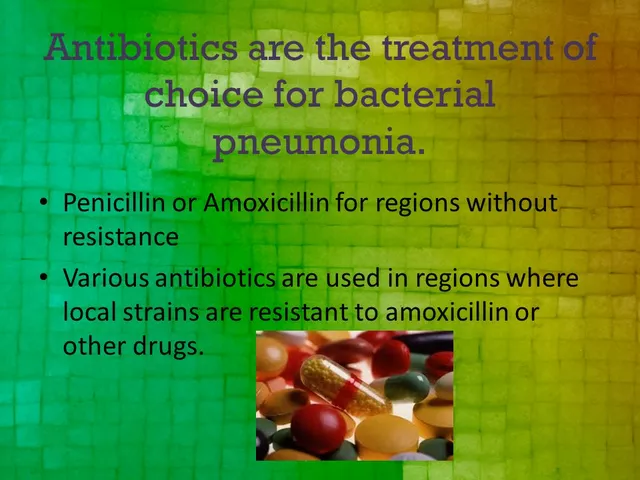
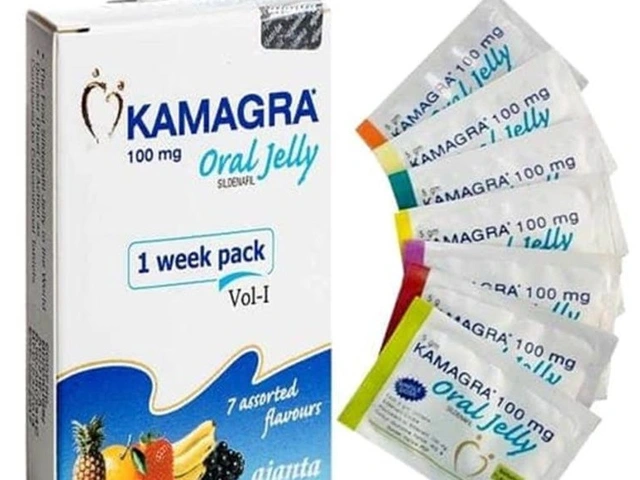
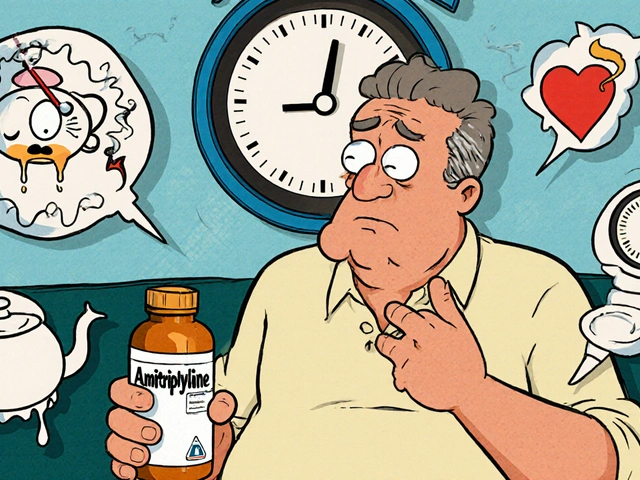
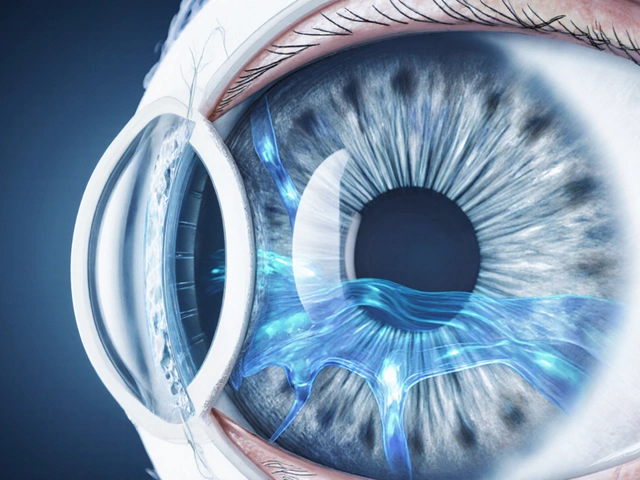
Sherri Naslund
November 18, 2025 AT 20:05ok but like… what if you just wanna look normal for once? i used this crap for 8 months and my skin finally stopped looking like a bruised peach. now i’m scared to stop because i know it’s gonna go back to being a disaster. who cares if my skin’s thin? at least i don’t look like i got into a fight with a toaster.
Ashley Miller
November 20, 2025 AT 18:22lol. of course the dermatologists didn’t warn you. they’re all in bed with Big Skincare™. did you know hydroquinone is banned in the EU? but they still sell it here because the FDA gets paid by pharma giants. mometasone? that’s just a gateway drug to skin collapse. they want you addicted so you keep buying their ‘repair’ creams. it’s all a scam.
Martin Rodrigue
November 22, 2025 AT 01:42While the concerns raised regarding the long-term use of hydroquinone, mometasone, and tretinoin are empirically valid and supported by peer-reviewed literature, it is imperative to contextualize these risks within the framework of clinical necessity. The combination therapy, when administered under strict dermatological supervision and with defined treatment intervals, remains a viable intervention for refractory melasma. The cited studies demonstrate statistical trends, not universal outcomes. Individual variability in skin phenotype, metabolic clearance, and adherence to adjunctive photoprotection significantly modulate risk profiles.
Furthermore, the assertion that ‘skin thinning’ is inevitable conflates misuse with proper application. Topical corticosteroids are not inherently destructive; their adverse effects are dose- and duration-dependent. A 12-week limit, as recommended in guidelines from the American Academy of Dermatology, is not a suggestion-it is a clinical boundary.
While alternatives such as niacinamide and azelaic acid are commendable for maintenance, they lack the potency required for severe hyperpigmentation. To dismiss combination therapy outright is to ignore the lived experience of patients for whom no other modality has succeeded.
Hannah Machiorlete
November 23, 2025 AT 13:48you think you’re the only one who’s been screwed by this? i used it for 14 months. stopped cold turkey. woke up one day and my face looked like it had been dipped in acid. red. burning. cracked. i cried in the shower. no one takes this seriously. my derm just shrugged and said ‘maybe try a moisturizer.’ like that fixes broken skin. i spent $8k on lasers and nothing worked. this isn’t skincare-it’s a slow-motion self-harm ritual and everyone acts like it’s normal.
Bette Rivas
November 24, 2025 AT 06:38It’s important to emphasize that the risks associated with long-term use of this combination cream are not speculative-they are well-documented in dermatological literature. The 2023 British Journal of Dermatology study is particularly compelling due to its longitudinal design and sample size. The 68% incidence of skin thinning aligns with earlier findings from the Journal of the American Academy of Dermatology regarding corticosteroid-induced atrophy. Importantly, the mechanism is cumulative: mometasone inhibits fibroblast proliferation and collagen synthesis, while tretinoin increases epidermal turnover, leading to a net thinning effect. Hydroquinone’s ochronosis risk is dose- and duration-dependent, with melanocyte toxicity occurring after prolonged exposure above 3 months. The rebound phenomenon is not psychological-it’s physiological, driven by melanocyte hyperactivity following suppression. The recommended tapering protocol is clinically sound and mirrors guidelines from the International Society for Pigment Cell Research. For those seeking alternatives, azelaic acid at 20% concentration has demonstrated non-inferior efficacy to hydroquinone in multiple RCTs, with a superior safety profile. The key is not avoiding treatment, but avoiding unmonitored, indefinite use.
prasad gali
November 25, 2025 AT 14:15Let me break this down with clinical precision: The triple combination of HQ-MT-TRET is a pharmacological sledgehammer applied to a delicate biological system. The corticosteroid component induces glucocorticoid receptor-mediated apoptosis of dermal fibroblasts, leading to extracellular matrix degradation. The retinoid dysregulates keratinocyte differentiation, compromising the stratum corneum. Hydroquinone generates quinone radicals that cause oxidative damage to melanocytes. The synergy is not therapeutic-it’s destructive. The 41% rebound hyperpigmentation rate is not a fluke; it’s a direct consequence of melanocytic suppression followed by compensatory upregulation of MITF and tyrosinase. You don’t need a biopsy to know your skin is damaged. If your face stings when you wash it, you’ve already lost.
Paige Basford
November 26, 2025 AT 17:02i totally get where you’re coming from. i used this for my melasma after baby and it was a game-changer… for like 6 months. then i started noticing how thin my skin got. i could see the veins under my eyes and i was terrified. i switched to azelaic acid and niacinamide and it took forever but my skin is actually… better? not perfect, but not broken. i just wish someone had told me this sooner. it’s so easy to fall into the ‘quick fix’ trap when you’re tired of hiding.
Ankita Sinha
November 27, 2025 AT 18:42OMG YES. I was using this for 10 months and thought I was winning until my skin started feeling like tissue paper. I cried when my cleanser stung. I switched to azelaic acid and now my skin is actually glowing without the fear. It took 5 months but I didn’t lose my skin. Also, sunscreen isn’t optional-it’s your new best friend. I use zinc oxide every single day now and I swear by it. You don’t need magic potions, just patience and real care. Skin is alive, not a wall to paint over.
Kenneth Meyer
November 29, 2025 AT 04:27There’s a deeper truth here that gets lost in the noise of ingredients and side effects. We treat skin like a problem to be solved, not a mirror to be read. The dark spots, the redness, the uneven tone-they’re not flaws. They’re signals. Your skin is telling you something about your stress, your sleep, your sun exposure, your hormones. We reach for chemical solutions because we’re afraid of listening. But the real healing doesn’t come from blocking melanin or suppressing inflammation. It comes from restoring balance. That takes time. It takes quiet. It takes not treating your face like a battlefield.
Donald Sanchez
November 30, 2025 AT 13:21bro this is wild. i used this cream and now my face looks like a vampire’s got a hickey on it 😵💫 and the redness?? it’s like my skin is on fire 24/7 🔥 i thought i was fixing my skin but i was just melting it. now i’m using a $20 niacinamide from target and my skin is actually chillin’ 🤯 who knew the answer wasn’t more chemicals? smh. #skincareruinedmylife
Danielle Mazur
December 1, 2025 AT 13:02There’s a coordinated campaign to discredit these treatments. Why? Because the pharmaceutical industry profits from long-term dependency. The FDA’s restrictions on hydroquinone? Politically motivated. The studies cited? Funded by companies selling ‘natural’ alternatives. Skin thinning? A myth propagated by anti-chemical fearmongers. If this cream worked for you for years, don’t let fear-mongers convince you to abandon it. Your skin improved-trust your experience over abstract studies written by people who’ve never had melasma.